Folleto conferencias curso 2019/20 – Descargar PDF
-
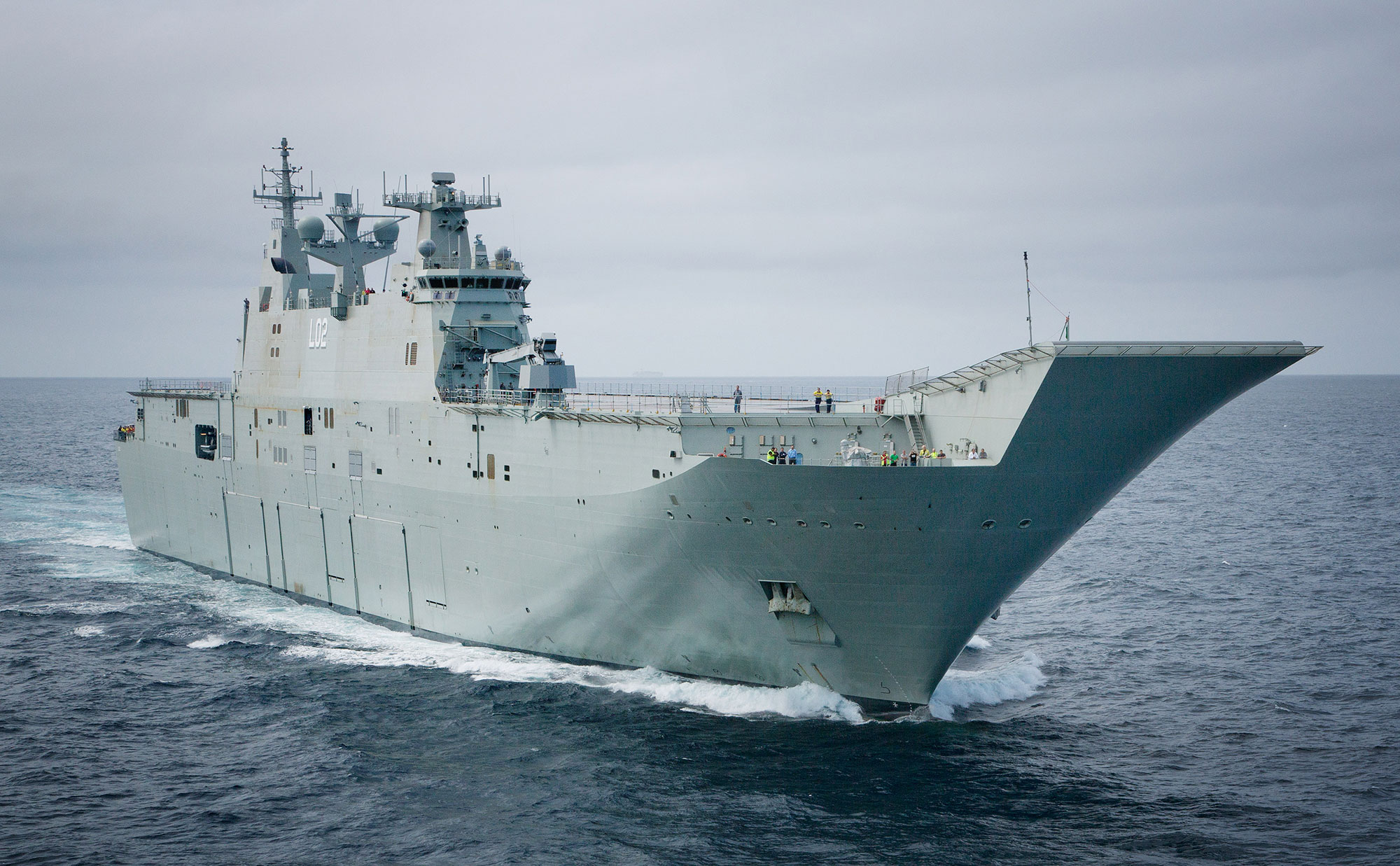 Una colaboración
Una colaboración
entre la UDC
y la empresa NavantiaLA CÁTEDRA -
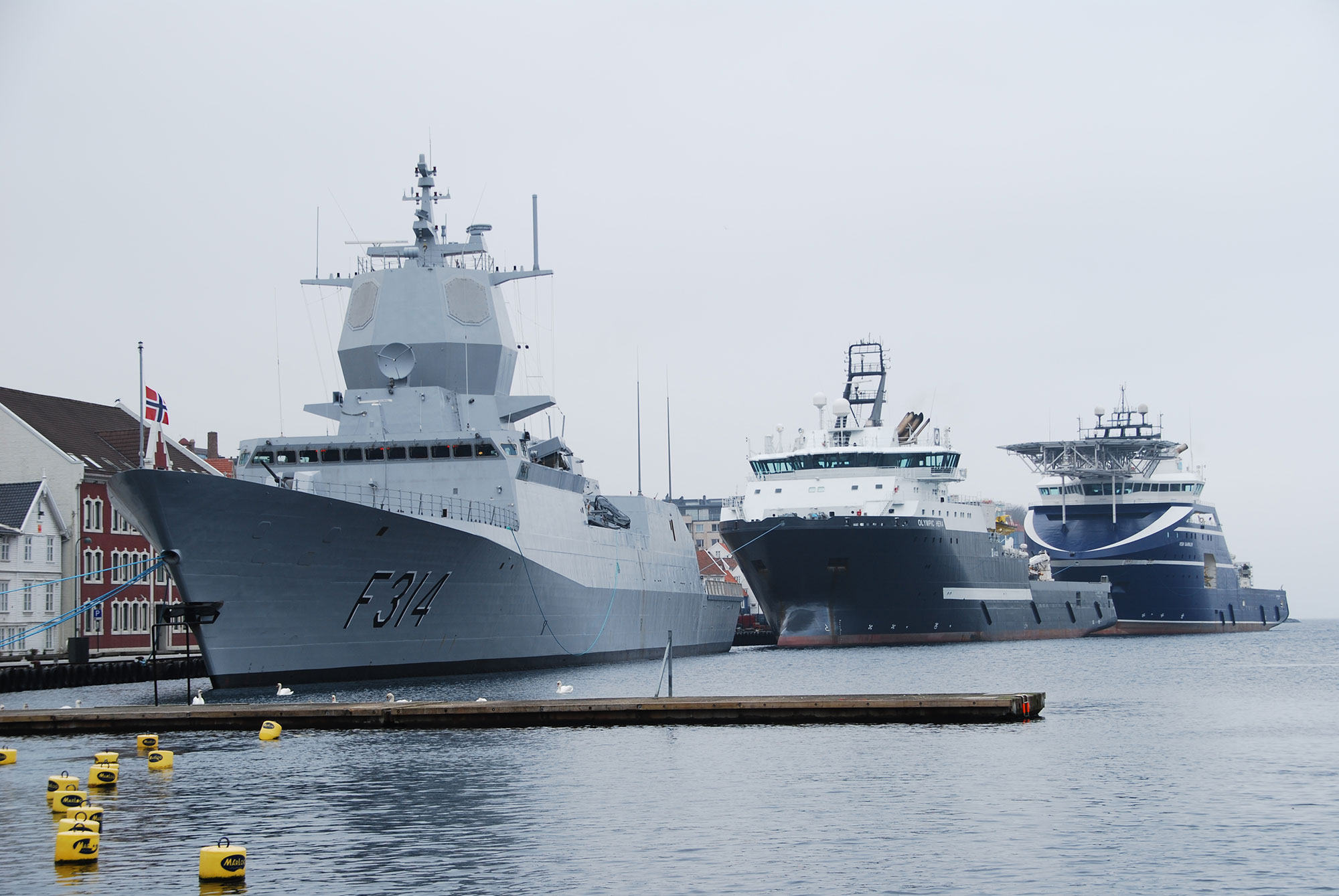 Una colaboración
Una colaboración
entre la UDC
y la empresa NavantiaLA CÁTEDRA -
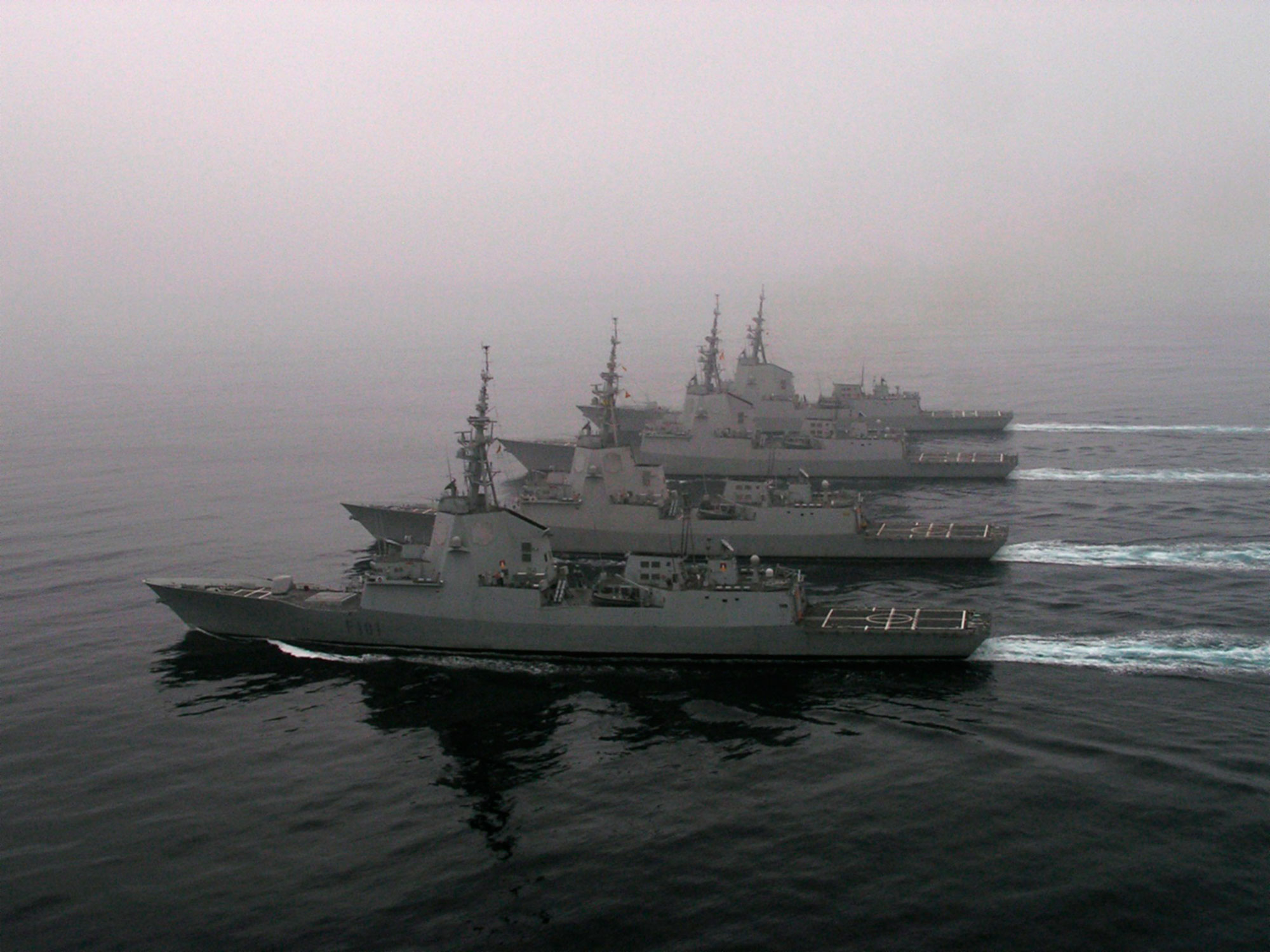 Una colaboración
Una colaboración
entre la UDC
y la empresa NavantiaLA CÁTEDRA -
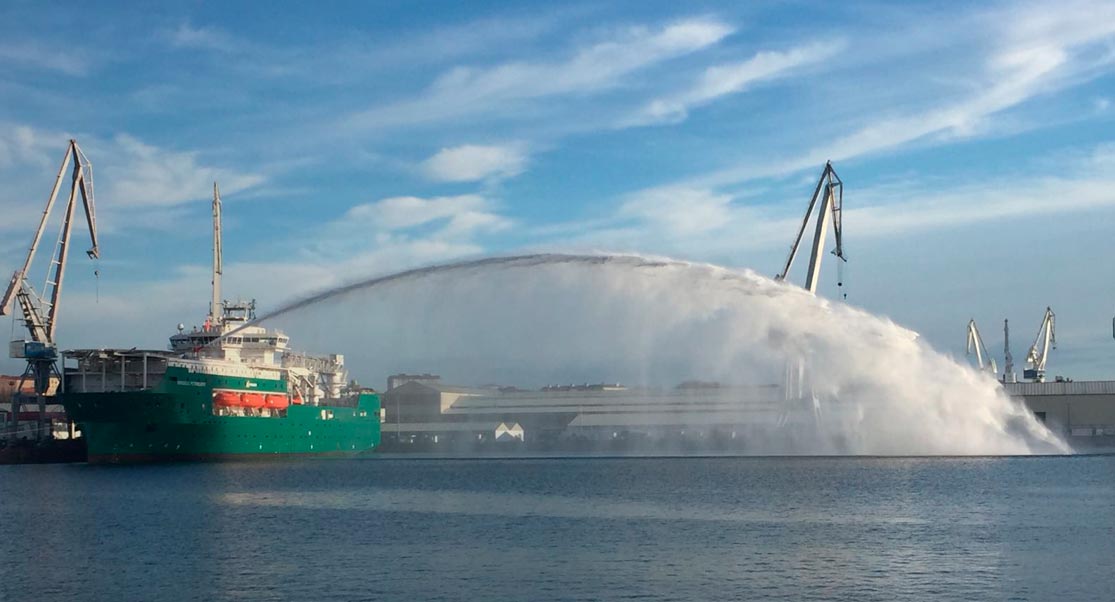 Una colaboración
Una colaboración
entre la UDC
y la empresa NavantiaLA CÁTEDRA -
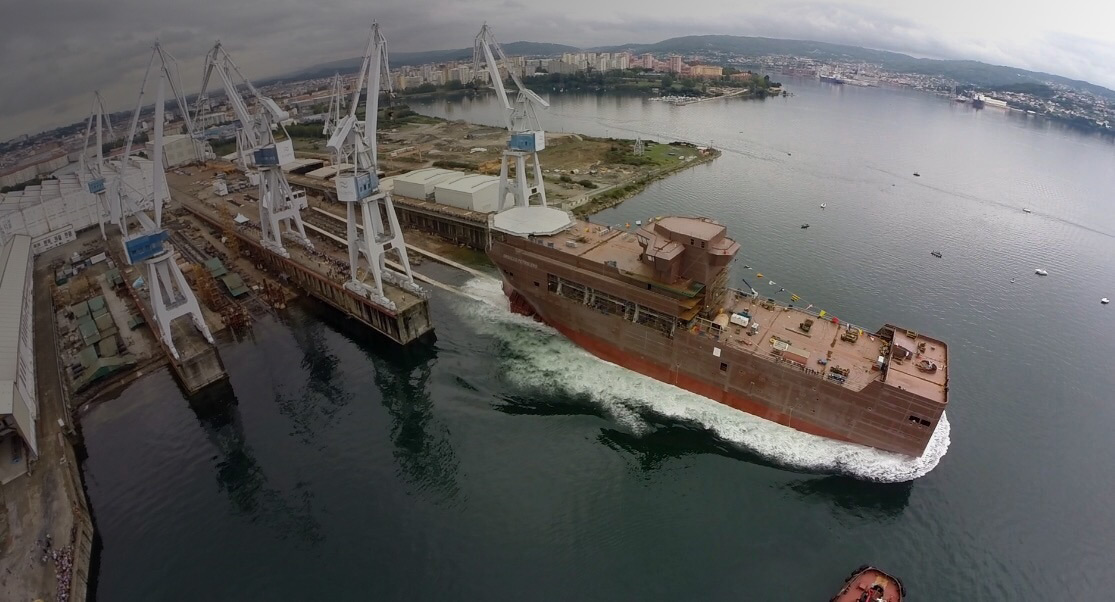 Una colaboración
Una colaboración
entre la UDC
y la empresa NavantiaLA CÁTEDRA -
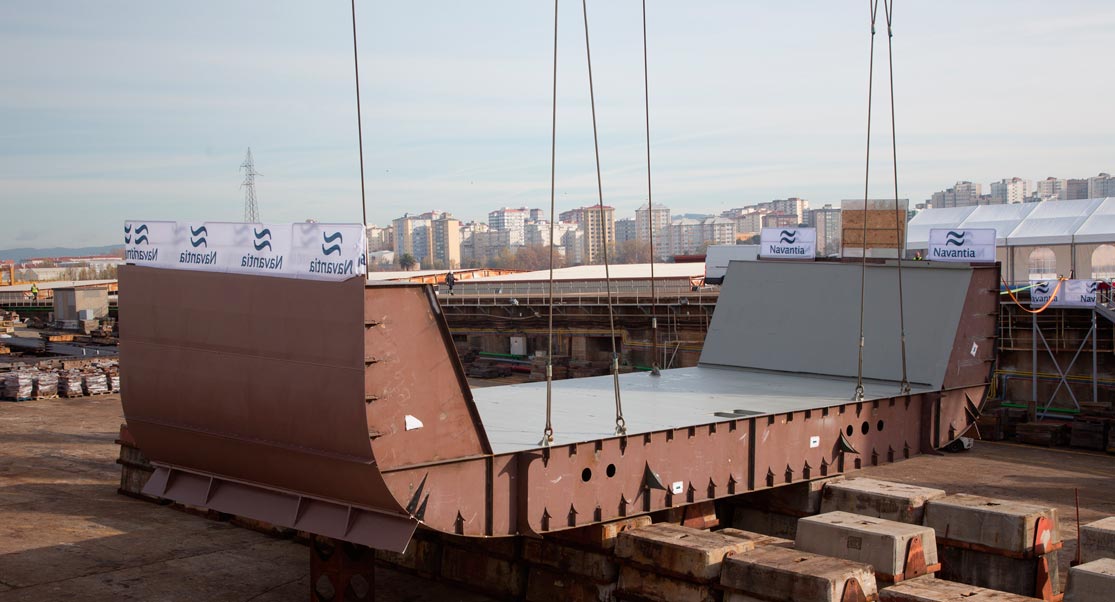 Una colaboración
Una colaboración
entre la UDC
y la empresa NavantiaLA CÁTEDRA -
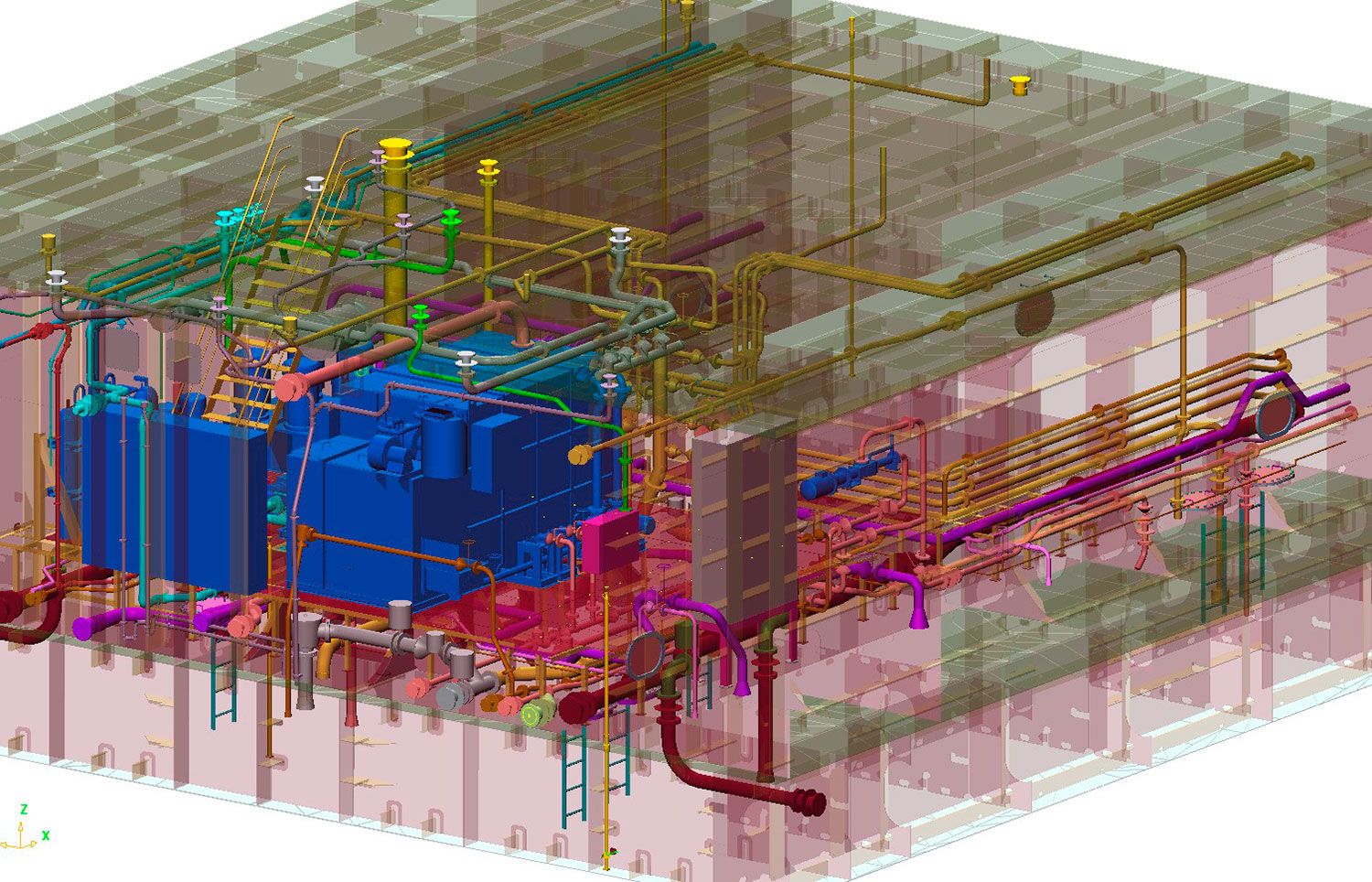 Una colaboración
Una colaboración
entre la UDC
y la empresa NavantiaLA CÁTEDRA



